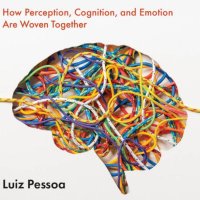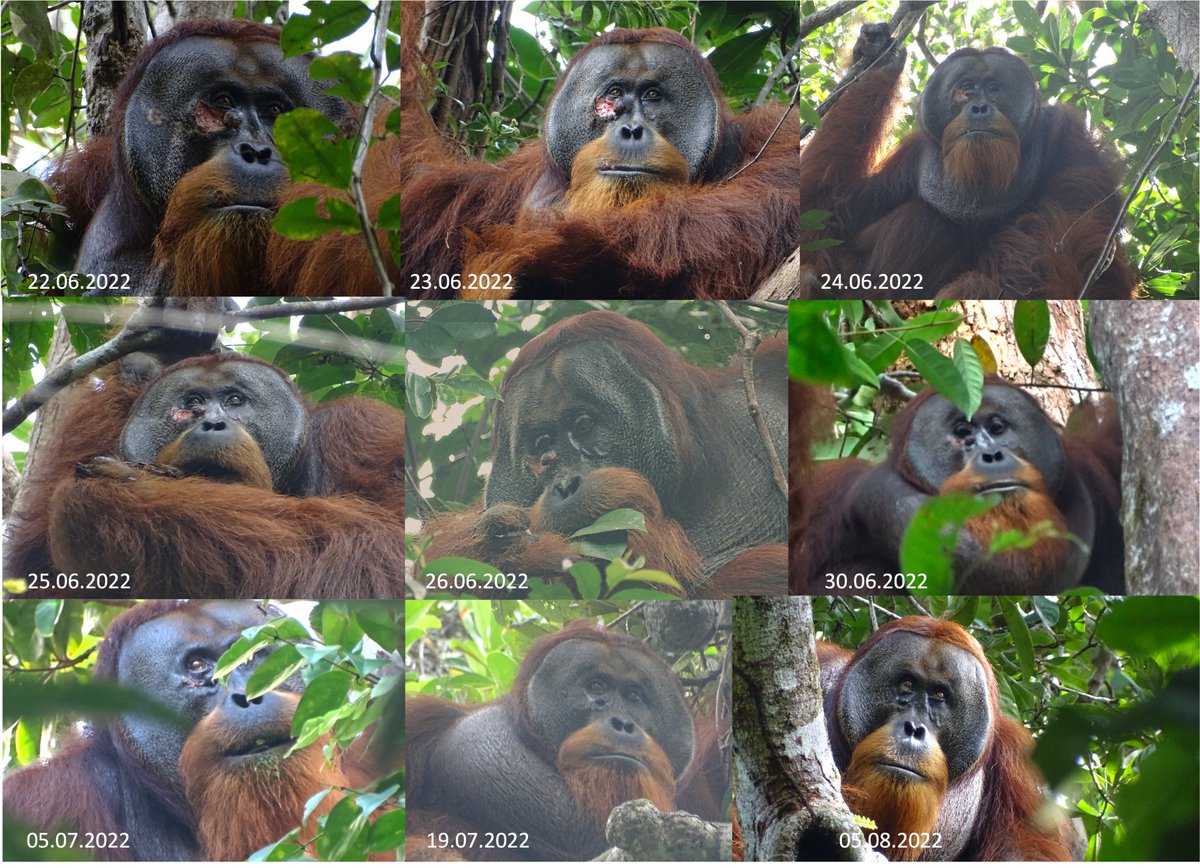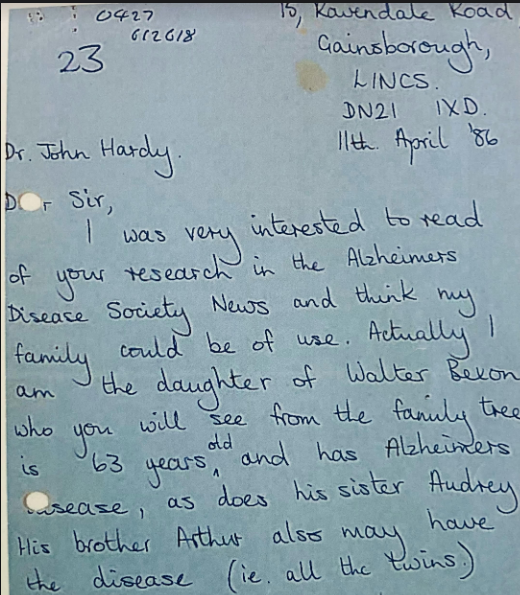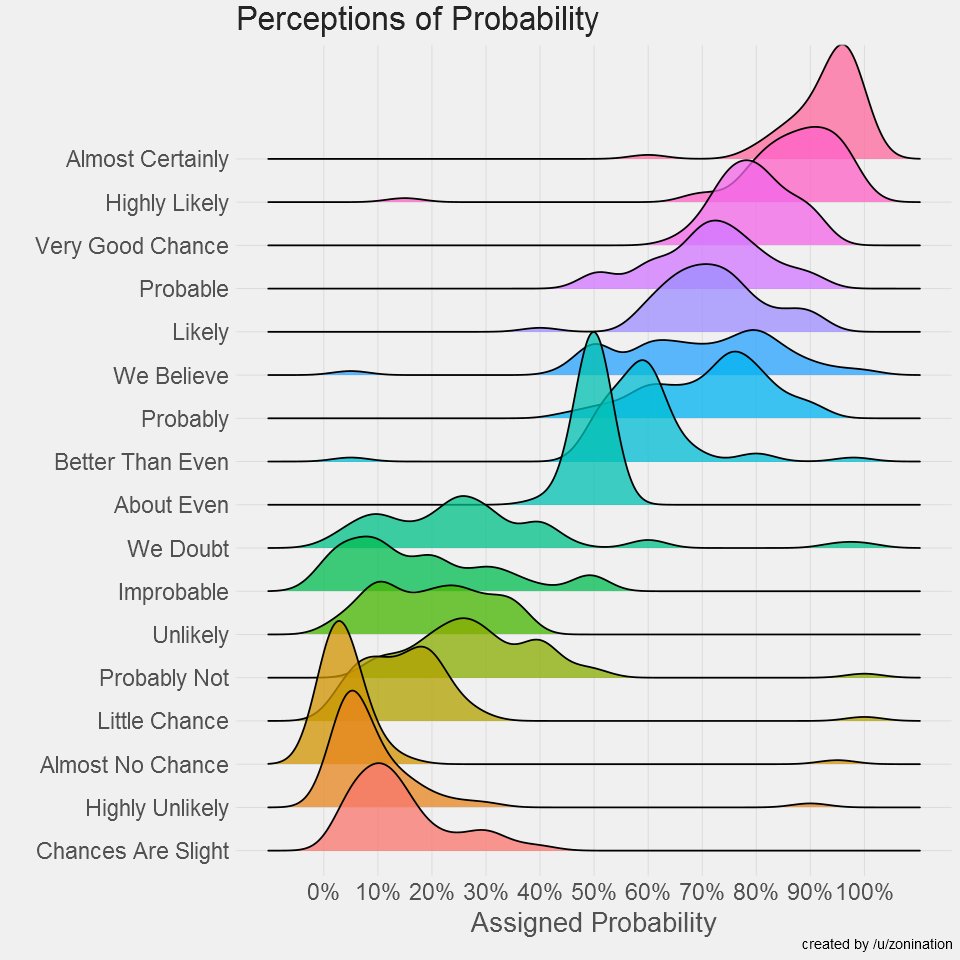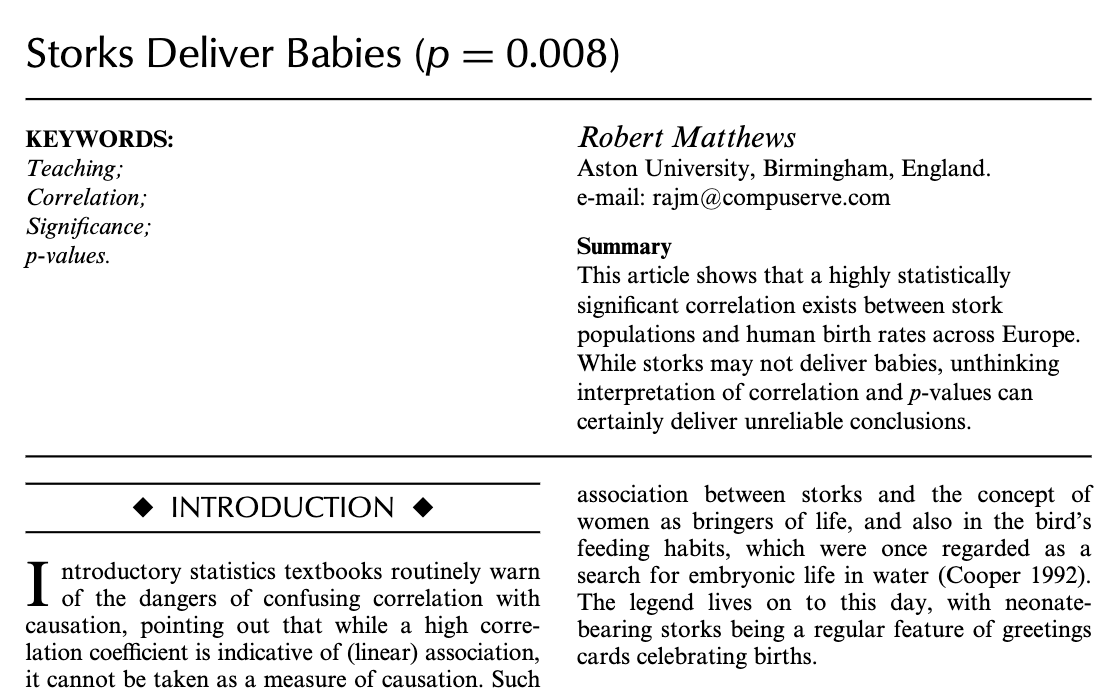
Courtney Goodridge
@drcmgoodridge
Experimental Psychologist | Postdoctoral Research Fellow in Human Factors at @UniversityLeeds | PhD in Experimental Psychology from @UniversityLeeds
ID: 968568233291894784
https://environment.leeds.ac.uk/transport/staff/10980/dr-courtney-goodridge 27-02-2018 19:27:16
1,1K Tweet
310 Followers
450 Following
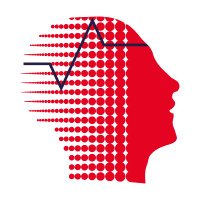
#EEG has come so far in the last century! Check out the Elektro-Encephalograph KDMRS 1, one of the oldest #EEG devices still around. Our Manfred Jaschke shares his knowledge of this antique during a recent visit to the Deutsches Museum. #100yearsEEG #CenturyofEEG #100yearsofEEG





As you watch the Aurora this evening, it’s worth reflecting that you’re getting a rare direct glimpse of the power of Nature. Those charged particles causing the atmosphere to glow came from a sunspot complex 17 times the diameter of Earth and traveled across 90 million miles at



"Making Slides" Good advice on making slides (and talks more generally) from Kieran Healy. kieranhealy.org/blog/archives/…

